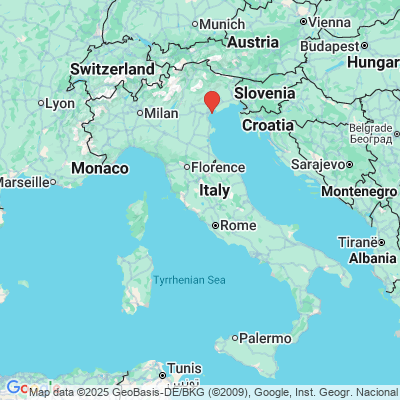This association is supported by the object's typology, metallurgy, and symbolic language, all of which firmly point to an Adriatic-Italic tradition. Furthermore, no parallels of this type have been found in the northeast of the Iberian Peninsula, including the region of Tarragona—where this object is allegedly said to have been found.
A Problematic Provenance
This brings us to the most confounding aspect of MEV 7946: its provenance. The object entered the museum's collection as part of a group of bronzes said to have been discovered near Tarragona. However, multiple clues cast doubt on this claim:
Typological mismatch: The object shares no stylistic, functional, or technological features with Iberian Iron Age bronzes from the region.
Cultural singularity: The anthropomorphic figure plate is entirely absent from Iberian archaeological records.
Contextual inconsistency: The collection includes a restored fibula (inv. 30) and other items of varied patina and corrosion, suggesting a modern aggregation of separate finds.
Trade and antiquarian channels: The early 20th century saw numerous Picene artifacts enter European collections via the antiquities market, often with unclear or falsified findspots.
Together, these factors strongly suggest that MEV 7946 may not have been found in Spain at all, but rather acquired through art dealers or collectors who misattributed—or intentionally obscured—its origin.
Ritual Meaning and Cross-Cultural Echoes
Despite its murky provenance, the object opens a window onto the ritual world of Iron Age elites. The raised arms and pendant symbols resonate with themes of supplication, protection, and magical function. Interestingly, similar symbolic arrangements appear in other Iron Age cultures, such as the Paeonians of the Vardar Valley (in present-day North Macedonia), whose elite women also wore composite ornaments with symbolic danglers. Though unrelated culturally, the convergence suggests widespread visual languages of status and sanctity across Iron Age Europe.
Conclusion
MEV 7946 is a unique artifact with a powerful presence—and an uncertain past. While its design and meaning root it firmly in Picene ritual tradition, its presence in a Spanish collection remains unexplained and increasingly doubtful. Rather than diminishing its significance, this mystery only deepens the object’s allure: a trans-Adriatic ambassador of Iron Age spirituality, displaced in time and space, but still eloquent in bronze.
Its silence speaks volumes.





